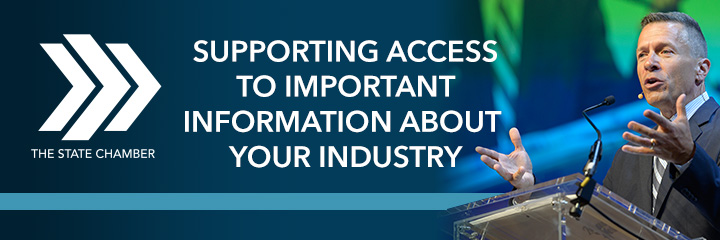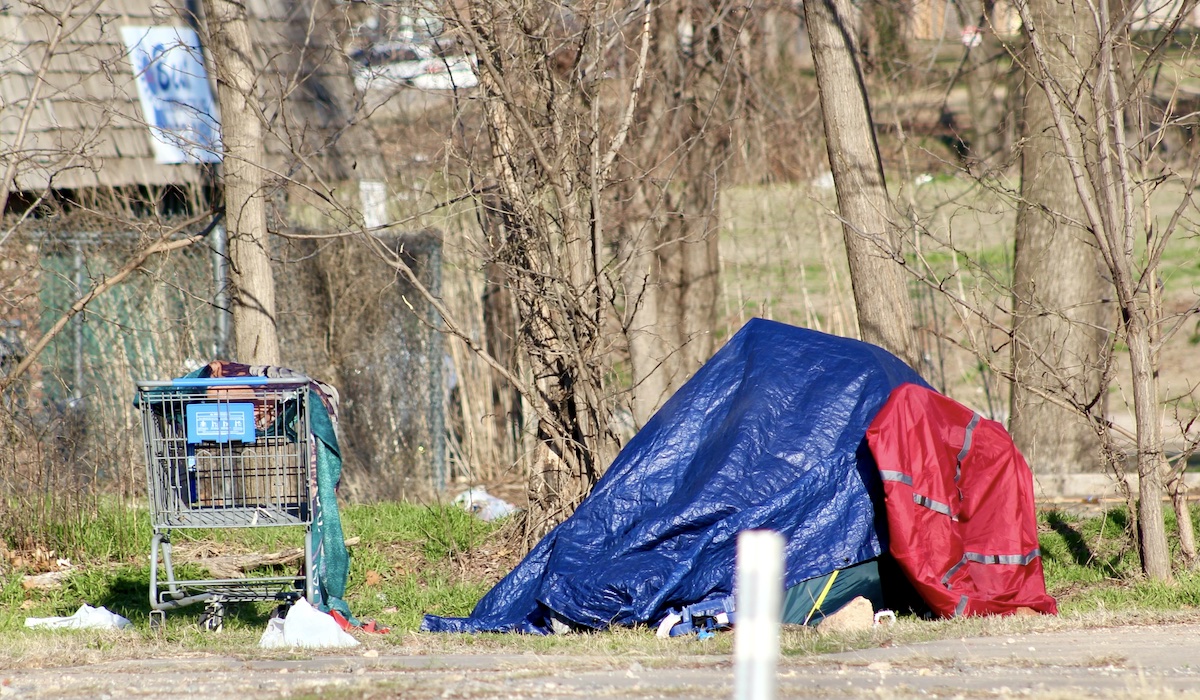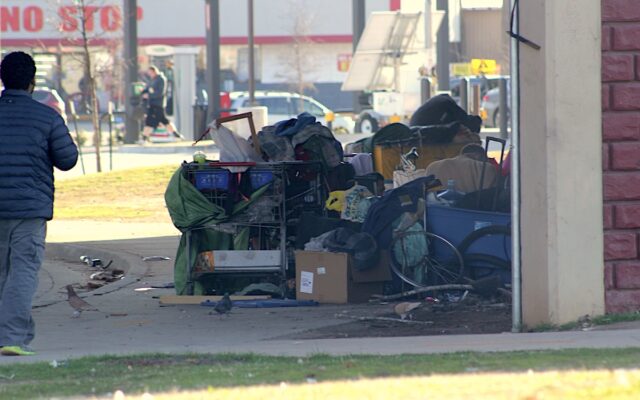
Life on the streets comes with few perks.
Beyond the daily quest for food, fresh water and somewhere to use the bathroom, the luxury of a shower proves intermittent at best. Home can be a bench or a ramshackle assortment of old boxes and ragged tents. There is the constant fear of personal danger, which can come in many forms. Often left untreated, physical and mental illnesses are exacerbated by the circumstances and stresses of not having housing. In a world where falling asleep could prove to be dangerous, amphetamine use can seem appealing.
There is a widespread public perception — and stigma — that most homeless people are unhoused owing to some form of mental illness or habitual abuse of alcohol and other substances. And there can be a connection. About 30 percent of those who are unhoused have been diagnosed with a severe mental illness, ranging from severe depression to schizophrenia to substance use disorders, according to a federal study.
But other federal agencies cite lower statistics more in line with the overall American population. The U.S. Substance Abuse and Mental Health Administration states that about 21 percent of those who are unhoused deal with mental illness, and about 16 percent have chronic substance abuse problems.
Put another way, that means the majority of those unhoused do not fit the stereotypical picture often painted by someone being heavily intoxicated or experiencing a psychotic episode in public. At the same time, organizations working with the Oklahoma City Key to Home program regularly encounter homeless individuals whose variety of challenges include substance abuse and other mental health conditions.
The dynamic leaves outreach teams fighting to break the stigma of homelessness while also having to pursue evidence-based interventions for those who need treatment. As a result, people who have lived experiences are often the best advocates for those living on the street.
Stephanie Byerly-Everett works as program manager for adult outpatient services at NorthCare, a leading community behavioral health center serving the OKC metro. While numbers provide some insight into the connection between homelessness and mental health, Bylery-Everett said it’s more complicated than that.
“I think a lot of people that don’t work in this field [think] that if you see someone that is homeless, their perception is that they must have this severe substance use issue going on or this severe mental health issue going on,” she said. “And what I have seen through this program in particular is that doesn’t necessarily have to be the case.”
NorthCare’s Rebecca Hensley also works with unhoused people in the field as a peer recovery support specialist, a training certification that empowers people often in recovery to help others facing situations they have overcome in the past.
“There are always people with mental health struggles,” Hensley said. “It doesn’t matter if they’re homeless or they’re not homeless. We’re going to see those people in grocery stores in everyday life. So, to say it intersects a lot, yes it does. It intersects quite often. But life is hard. And if you can imagine how hard life is for us that have normal routines and a home to go to, can you imagine how difficult it is for somebody that has to sleep outside and is overstimulated by all the noise?”
Hensley knows this because she’s lived it, a key part of being a peer recovery support specialist. She and others who work with the homeless have often been there themselves, bringing with them knowledge and experiences that can help relate to someone currently in need.
Stephanie Newman, the street outreach and rapid response case manager for the Mental Health Association Oklahoma, was at one time unhoused and had substance abuse issues.
RELATED
As OKC grows, rising costs create housing insecurity by Matt Patterson
“I am a person in long-term recovery from mental health, substance use, and some justice involvement in Oklahoma County, Oklahoma City,” Newman said. “So my lived experience gave me the background. My opportunities throughout my 16 years of long-term recovery have given me the experience that I needed.”
Newman said her job now has become “a calling.”
“It was a missing piece for me,” she said. “The people who sleep outside are the most vulnerable. They are the ones that do not have a voice. They are the ones that sometimes we tend to see but not see.”
Newman’s reputation among her peers at MHAO is that of a person who knows what they’re talking about. Shelah Farley, a licensed clinical social worker who works alongside Newman in street outreach, said lived experience is one of the best ways to build trust.
“I think what’s important about Stephanie and other people like Stephanie working in this field is when she says, ‘I know how you feel, I know what this feels like,’ she truly means that,” Farley said. “That’s so important when you’re working with this population.”
Marc Holcomb is another MHAO street outreach team member who has lived experience. A substance abuse problem put him on the streets.
“I was homeless at one time, and I’m in recovery for drug addiction,” he said. “I’m in recovery, so I know what the disease of addiction does. That’s why a lot of people are out here. I met a guy the other day who said he just does drugs because of his situation being homeless, but he can’t see that he’s homeless because of his drug problem. I understand that situation where a lot of people don’t understand.”
Not all members of the outreach teams have lived experience. For some, it’s the continuation of a need to help others. Rashida Richardson joined the Air Force and became military police. She grew up in New York City, far from OKC.
On a chilly November morning, she and Holcomb visited a homeless encampment the day before Thanksgiving, encountering two men and a 19-year-old who had been kicked out of his parents’ house living in makeshift shelters clustered together. Such moments of initial contact have their pitfalls but, in this case, all three of those living at the encampment near Southeast 51st Street were receptive to help.
“When I got out of the military, I worked at a group home with kids, and I felt good working with kids, so I wanted to try working with adults because it’s a different feeling,” Richardson said. “I believe in paying it forward. It gives me a sense of pride. I grew up in New York, and I saw so many people end up in jail or die. I wanted to be part of the solution.”
Mental illness and homelessness sometimes intersect
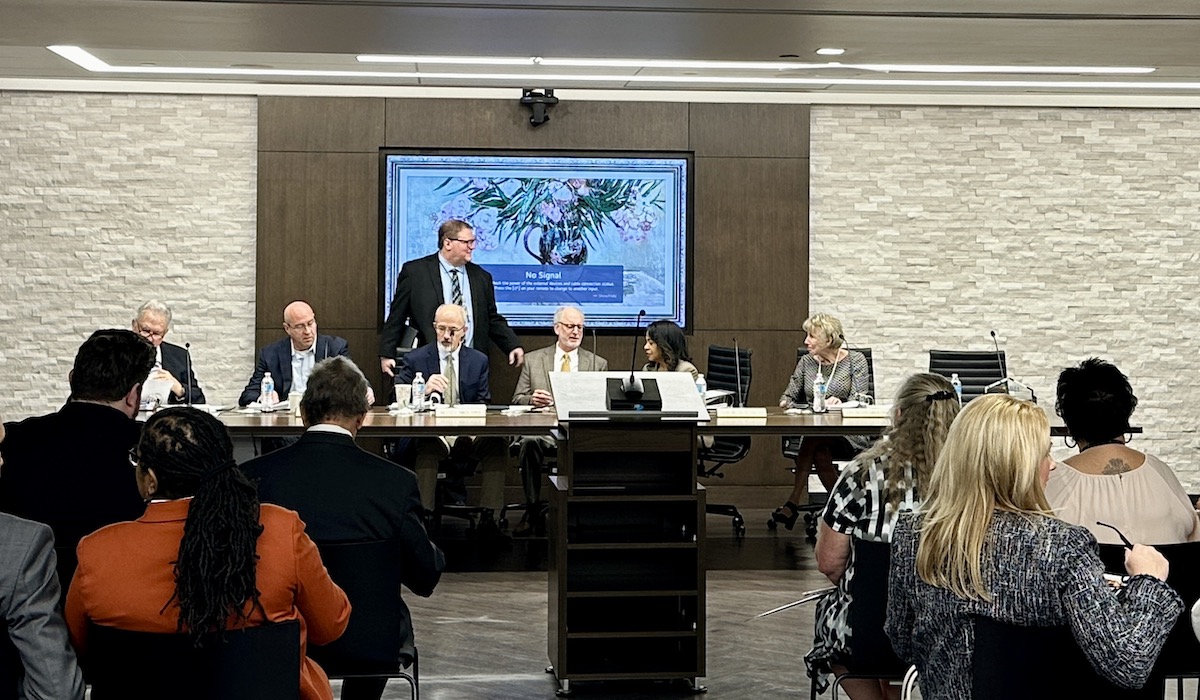
Following a Wednesday morning meeting of the Oklahoma Housing Finance Agency’s Board of Trustees, those experiencing homelessness in Tulsa could see additional support for mental health issues in the coming months.
The trustees voted unanimously to award $1.2 million of National Housing Trust Fund money to the Mental Health Association Oklahoma for the purpose of fixing up 16 multifamily units in a 27-unit development in Tulsa to provide transitional housing for people who need to be close to support services while they get back on their feet.
“There’s this step from homelessness to having a permanent home — there’s this gap that’s missing,” said board chairman Michael Buhl. “That’s where I think [MHAO is] trying to hit. You have to have a place to put them in, then you have to have the supportive services of mental health issues, drug issues. You have to have those supportive services to be able to keep moving them through a system, not just take them off the street.”
NorthCare’s clients receive various services including therapy, peer support, case management, medical services and medication. Those who work with unhoused people on the streets are often tasked with assessing what direction their clients need to go. For some, it’s substance abuse treatment or counseling to help them address mental health problems, but the housing-first philosophy emphasizes that having a safe and secure place to reside is a precursor to mental wellness.
“One of our primary roles is to be care navigators that help people get housed,” Byerly-Everett said. “We’re trying to be that bridge that gets people into mental health services or substance abuse services. We know we can get people housed. We’ve seen that. But a lot of those we work with also need to get help so they can keep their houses when they get in them.”
What outreach workers see on the streets can vary. For some, post-traumatic stress disorder may have been induced by being unhoused. In other cases, a previous illness may have returned now that someone is unmedicated.
For all people, mental health conditions are generally episodic. With treatment, someone previously diagnosed with a mental health disorder is more likely than not to recover. Conversely, someone who has never experienced a mental health disorder can be at risk of developing one following a string of adverse life events. The most common types of mental health illness are anxiety and depressive disorders, which often co-occur with substance use disorders.
People dealing with SMI or severe mental illnesses — such as bipolar disorder and schizophrenia — can experience types of psychosis, a loss of contact with reality such as visual or auditory hallucination.
“We’ll see psychosis from time to time,” Newman said. “It’s hard to describe. It’s like a reality that is not our reality. They can be very public, and they can be demonstrative about the fact they’re having a hard time. And they are the most vulnerable.”
Studies indicate that people experiencing psychosis owing to SMI are far more likely to be the victims of violent crime than to commit violent crime. But to the uninitiated, seeing someone experience a mental health crisis in public can be alarming or threatening.
“When it comes to the general public, it can look really scary,” Farley said. “That builds on that stigma that people with mental health issues are scary or dangerous or that unhoused people are scary or dangerous. And that’s not necessarily true. I think the general public doesn’t know what that looks like, and so it’s scary.”
RELATED
‘A gateway’: OKC betting Key to Home program can reduce homelessness by Matt Patterson
In other cases, living on the streets can trigger or exacerbate depression. About 21 million adults in the United States have a diagnosis of severe depression in any given year, according to Mental Health America.
“It doesn’t have to be someone with schizophrenia who is constantly talking to themselves or reacting to other stimuli or a situation where a person is actively using right in front of you,” Byerly-Everett said. “Some of the people we work with are experiencing slight depression or severe depression because they’ve fallen on hard times.”
Helping people with those issues can be an uneven experience for all involved. Heather Hannah is one of the street outreach team members at NorthCare and is certified in case management.
“It’s like a roller coaster,” Hannah said. “It’s great one day, and one day it’s not so great. I think being able to work with people dealing with those problems comes with experience. Yes, we have training at NorthCare, and we have trauma-informed care and community-based safety, things like that, but so much of it is on-the-job training. Seeing different mental health symptoms and how they manifest in people, when people are actively using substances, what does that look like? At some point, you get out there and see it for yourself, and you have to determine what is and what’s not a safe situation.”
Hensely can identify with some of those problems because she is in recovery herself. But she said many people who do not think of themselves as vulnerable to becoming unhoused are not that far from it. That’s something she regularly takes stock of given her living situation.
“Essentially, most people are one paycheck away from being homeless,” she said. “People like myself who are single moms, if I was to lose my job right now, it would be tough. And there would be a good chance I’d never recuperate financially without help from my family, and we’d be homeless. So the reality is depression is real. Anxiety is real. Life in general is hard, and we are all struggling right now.”
And even when outreach workers can connect people to treatment programs, there are always barriers to break down. Many lack an ID or a phone, making it hard to keep tabs on them as they enter something like OKC’s Key to Home program. All of the NorthCare and Mental Health Association Oklahoma street outreach team members interviewed for this article offered ideas about what is needed.
“I think transportation is such a huge barrier,” Hannah said. “I wish more people were willing to work with this population that would just be willing to provide transportation. I’m such a solution-focused person that when I hear, ‘I just need a ride somewhere to get something,’ I just say, ‘Why not?’ OK, let’s go and take you where you need to go. It’s just such a simple solution.”
Oklahoma provides about $360 million annually for programs treating mental illness and substance abuse across the state. That total has increased slightly in recent years. But often those services are out of reach or in the wrong place, Hensley said.
“I feel like a lot of our resources are jumbled in the same area,” she said. “That’s a big concern, because not all of our homeless population is in this area. We’ve worked camps on the north side and in far west OKC. It’s difficult for them to get to places they need to be sometimes.”
Street outreach team members face compassion fatigue
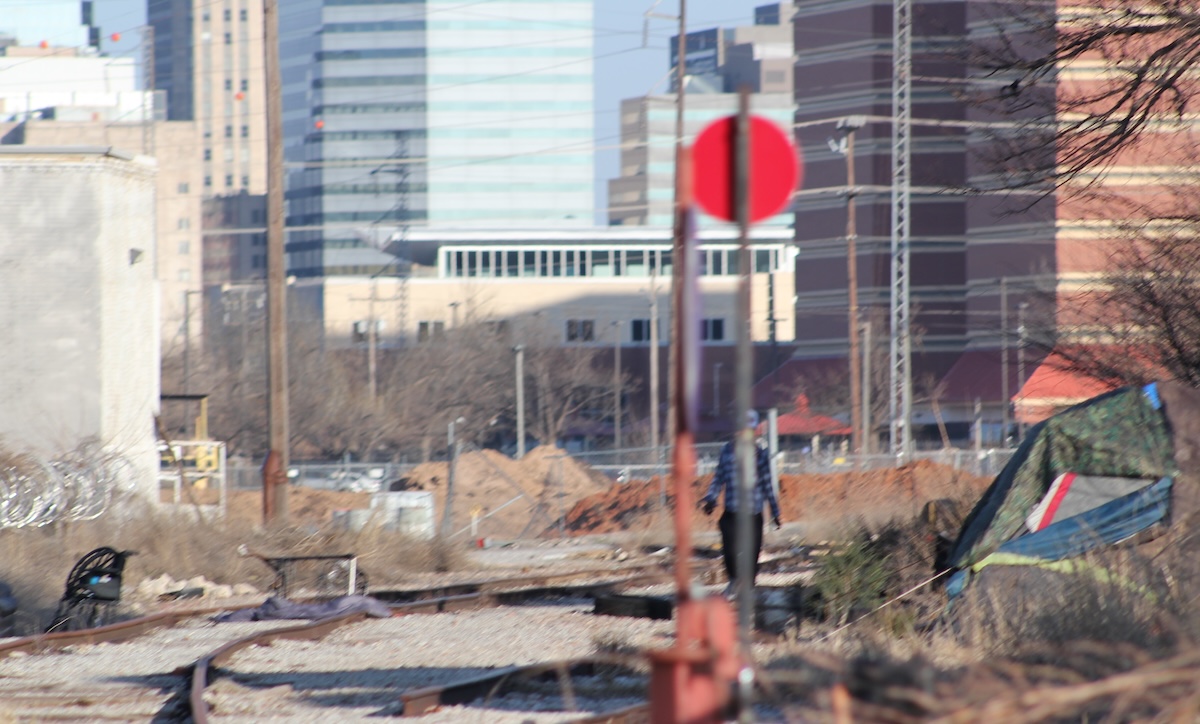
While those with whom the outreach teams work need help, sometimes the helpers need some as well. Compassion fatigue can affect people who work with others in need.
That can take the form of sleeplessness, depression, anxiety and irritability. In some cases, it’s unavoidable. But for those who work in fields often exposed to sad or complicated situations, self-care can be valuable.
“That can be anything,” Hannah said. “It can be taking the time to sit quietly for a while reading a book or going for a walk.”
Hensley said she long ago found it necessary to understand that she cannot help anyone if she’s fails to take care of herself.
“You have to remember to set boundaries,” she said. “It goes back to (how) you can’t work harder than they do. There are some people that you can push and push and try to be creative, and you may get turned down 115 times, but not on the 116th time. It’s going to get exhausting, and you’re going to be fed up some days, but you’ve still got to go, and when you’re done you have to find ways to take your mind off it so that you can be fresh and ready to do it again.”
For Holcomb, his own experiences help him deal with compassion fatigue and the worry of what his clients are dealing with when he’s not with them.
“I always worry about them, but the thing that has helped me is that a lot of them have been out here doing this for a while, so they know how to survive,” he said. “It really sucks because it’s a terrible way to live, but most of them know how to get through another day and survive, and so knowing that keeps some of my anxiety away.”
Newman and Farley said they cope with compassion fatigue and job-related sadness by doing what they tell others to do.
“You practice what you preach,” Newman said.
Farley agreed.
“You can imagine there are highs and lows with this job, and when someone passes away or you can’t reach them, you go to therapy,” Farley said.
‘We’re out here to make people’s lives better’
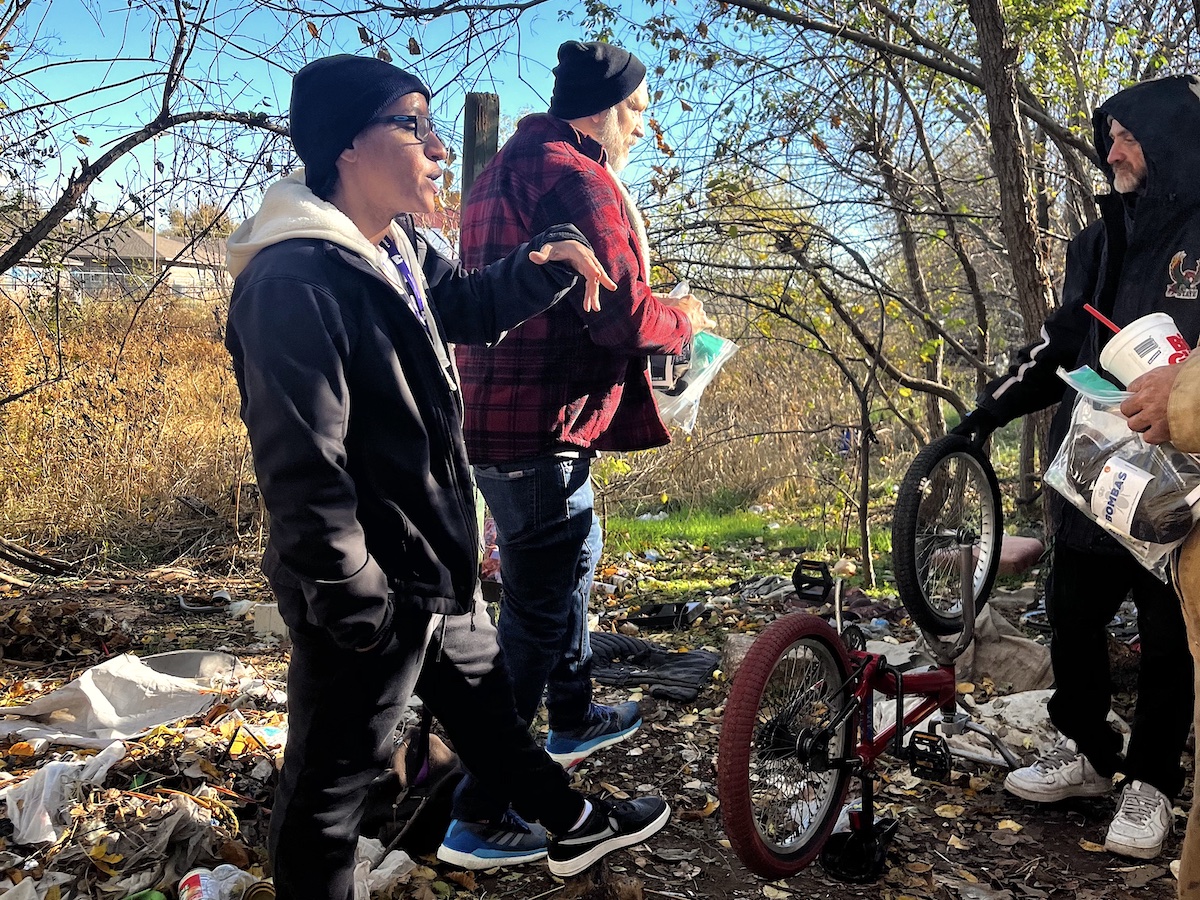
For all of those highs and lows and the complications of lifting people out of homelessness and into housing, there can be some pretty big wins, too. Most outreach workers remember their first clients and what it was that helped win their trust. Those victories are to be celebrated, not just as a tick of a box, but because it’s the very root of what they’re working for.
RELATED
Edmond, Norman, Shawnee face affordable housing and homelessness challenges by Joe Tomlinson
“We’re helping people that need it, and I think that’s a great reason to get out of bed every day,” Hannah said. “Moving days are my favorite. When a client gets into their new home, and they get their furniture delivered, it becomes their place. That’s the best thing about this job for me is seeing those moments where that initial contact with them led to something that could change their life forever.”
Hensley loves working her way into the lives of her clients in ways that can be subtle but, in the end, yield big results. And in some cases, the more complicated the scenario, the greater feeling of satisfaction.
“I love everything about my job, but the most satisfying is when I have a complicated client or a difficult client that doesn’t want to trust me, and I just etch myself into their little circle, so a month or two down the road I’m getting to a point where they can trust me,” she said. “Just watching those walls break down, that’s a highlight for me.”
For Richardson, the wins are more important than anything.
“We’re out here to help make people’s lives better,” she said. “It’s hard to describe that feeling when you help someone and they get to that next step, whether it’s sobriety or finding a home or a job, and you know you played some role in setting them up for that. I can’t think of too many things more rewarding than that.”
